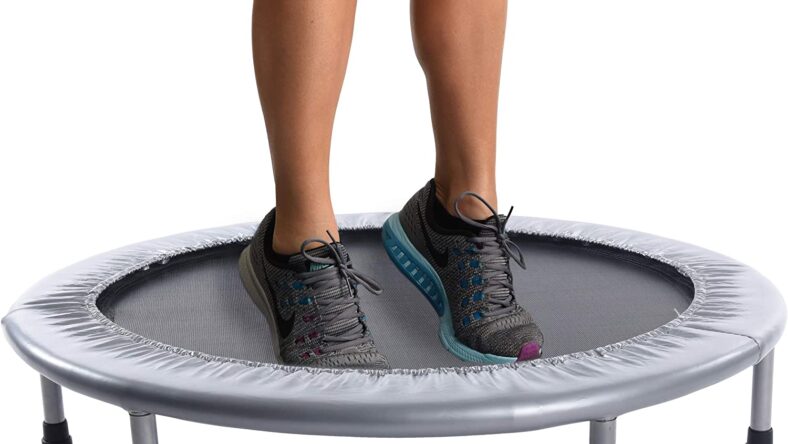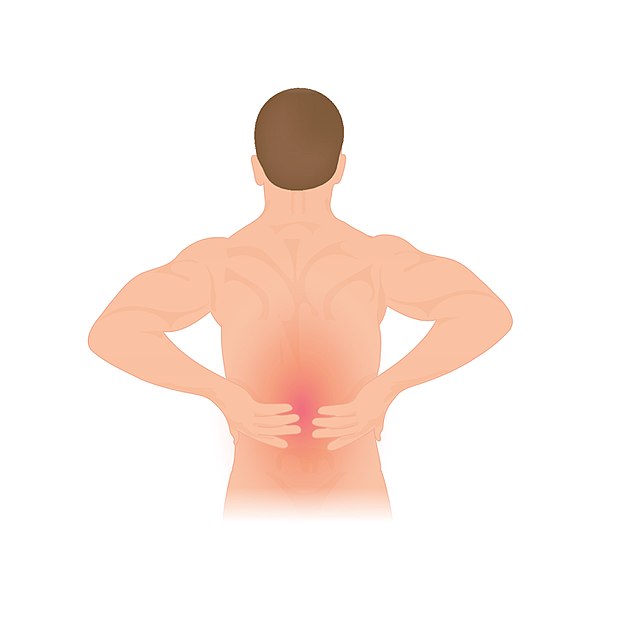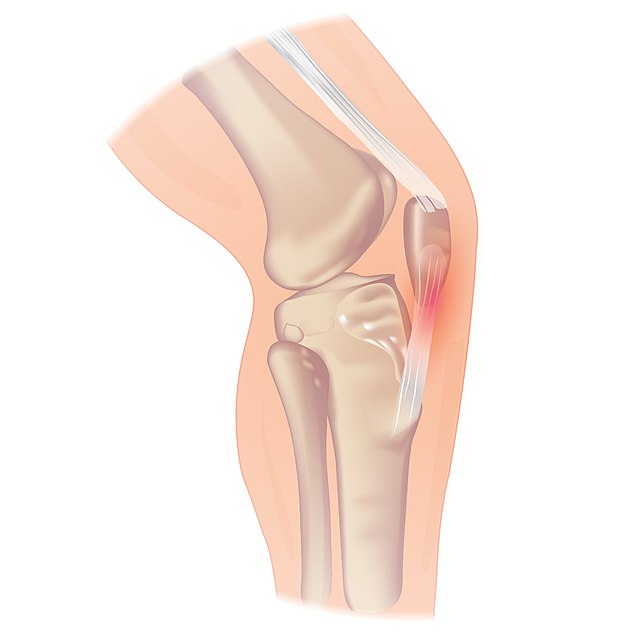
You might experience some negative side effects of rebounding if you have previous back issues, such as pinched sciatic nerves, degenerative disc diseases, osteoporosis, etc. If you have any of these condition, you should talk to your doctor before trying rebounding.
CHECK OUT: 10 Best Sit-Up Benches For Your Home Gym
Is Rebounding Bad For High Blood Pressure?

Rebounding on a rebounder trampoline is a relatively high-impact, high-intensity exercise. High-intensity exercise elevates a person’s heart rate, which can be dangerous for people with high blood pressure. In the United States, hypertension is a grave health concern as it can serve as a precursor for heart attacks, strokes, organ failure, and much more. For people with hypertension, this can be very dangerous.
CHECK OUT: Rowing Machine vs. an Elliptical: Which Is Better For You
Is Rebounding Bad for the Pelvic Floor?
Pelvic floor injury might cause due to several reasons for women, such as weight, the strength of the pelvic floor, constipation, childbirth history, etc. It’s essential to land on one foot. If you land on both feet, there is a high chance of occurring pelvic floor problems. Research shows female trampolinists have a higher risk of such issues due to heavy-impact exercises. So, female trampoline users should avoid heavy-impact workouts. Also, shorten the session duration.
Is Rebounding Bad for Your Back?

In general, rebounders don’t create any side effects if your back is in good health. But people with pinched nerves, sciatica, or osteoporosis, should be away from the rebounder. Some people with such spine conditions claim that their back pain increases after rebounding.
CHECK OUT: Can You Go Barefoot On An Elliptical Machine? 5 Reasons Why You Should Think Twice
Is Rebounding Dangerous For The Ankles?
If you have an ankle injury, you should not jump on a trampoline as the rebounding can cause the ligaments in the ankle to stretch, which slows down the healing process considerably. You may think that bouncing up and down on a trampoline is not that dangerous, but each time you land, you’re stretching the ligaments and causing them to move unnaturally. As well as that, when rebounding, there’s always the risk that you lose your footing when landing and twist and sprain your ankle. This could be very painful and could even result in a broken ankle.
Is Rebounding Bad for Knees?

While some believe rebounding is safe, others think it can do more harm than good. Studies show that the impact of jumping on a rebounder compresses the kneecap, which may cause not only lead arthritis in the future but injury now.
Final Thoughts
Let us get one thing out of the way first. We want to encourage our readers to use a rebounder. Instead, we wanted to highlight some of the risks of using this popular fitness tool.
CHECK OUT: Avoid These 5 Common Exercise Mistakes
